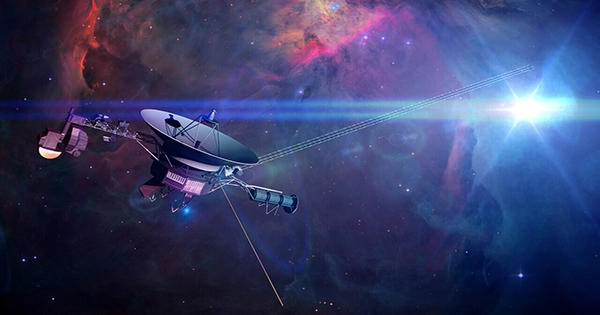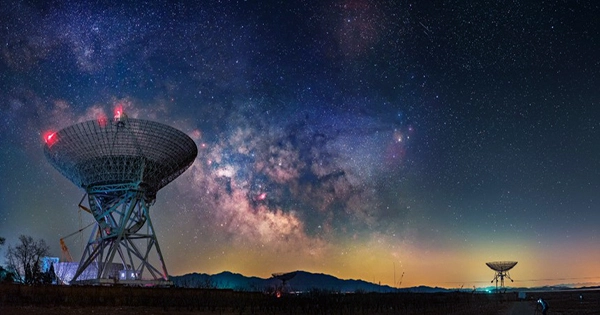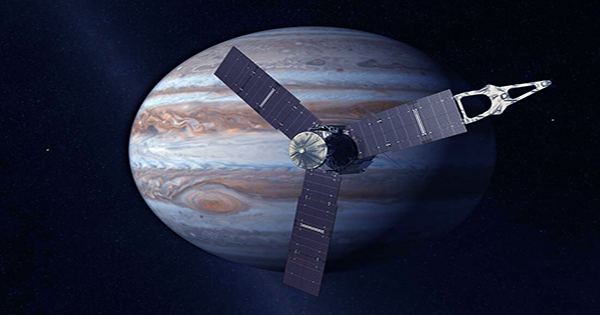If there is technologically advanced extraterrestrial life out there, why haven’t we found it yet? is a common question that comes up while considering the likelihood of finding it. We have only thoroughly searched a small section of the cosmos, which is a common reply.
Furthermore, when used on contemporary petabyte-scale information, algorithms that were created decades ago for the first digital computers may be out-of-date and ineffective. Now, researchers from the SETI Institute, Breakthrough Listen, and scientific research institutions around the world have applied a deep learning technique to a previously studied dataset of nearby stars and discovered eight previously unidentified signals of interest. The research was led by an undergraduate student at the University of Toronto, Peter Ma, and was published in Nature Astronomy.

The collection had previously been examined by conventional approaches in 2017 but was deemed to be devoid of noteworthy signals, according to lead author Peter Ma. “In total, we had scanned through 150 TB of data of 820 neighboring stars,” he added.
“The MeerKAT telescope is being used to scale up this search to 1 million stars and beyond. In our massive attempt to find an answer to the question “are we alone in the universe?” we think that work like this will speed up the rate at which we can make discoveries.”
Technosignatures, or signs of technology that alien civilizations may have generated, are sought for by the search for extraterrestrial intelligence (SETI), which seeks to find proof of extraterrestrial intelligence originating from beyond Earth. Looking for radio signals is the most typical method.
Radio is a fantastic technique to transmit data over the vast distances between the stars since it travels at the speed of light and easily navigates through space’s irradiating dust and gas (about 20,000 times faster than our best rockets). In a lot of SETI projects, antennas are used to listen in on any radio signals that aliens might be sending out.
This study reexamined data collected with the Green Bank Telescope in West Virginia as part of the Breakthrough Listen mission, which at first showed no targets of interest. The idea was to combine modern deep learning methods with a traditional search algorithm to provide quicker, more precise results. Following the execution of the new algorithm and a manual review of the data to validate the findings, newly discovered signals exhibited the following crucial traits:
- The signals had a very small spectral width, on the scale of just a few Hz, and were narrowband signals. Broadband signals are typically generated by natural occurrences.
- The signals’ drift rates weren’t zero, indicating that they had a slope. Such gradients would suggest a signal was not local to the radio observatory and that its origin had some relative acceleration with our receivers.
- OFF-source observations did not capture the signals; only ON-source observations did. If a signal comes from a particular celestial object, it will appear when we direct our telescope at the object and vanish when we turn our gaze away. Because the source is nearby, human radio interference frequently occurs in ON and OFF measurements.
Cherry Ng, an astronomer at the SETI Institute and the French National Center for Scientific Research who is also one of Ma’s research advisors, stated, “These findings eloquently demonstrate the potency of using cutting-edge machine learning and computer vision techniques to astronomical data challenges, leading to both new detections and improved performance. Radio techno signature science will undergo a revolution if these methods are applied widely.”
Although re-examinations of these new targets of interest have not yet led to the detection of these signals again, this new method of data analysis may help researchers better comprehend the information they gather and move rapidly to re-examine targets. Ma and his mentor Dr. Cherry Ng are eager to implement modifications to this method on the COSMIC system of the SETI Institute.
Technology advancements have made it possible for researchers to gather more data than ever since SETI tests began in 1960 with Frank Drake’s Project Ozma at the Greenbank Observatory, a location now home to the telescope utilized in this most recent study. New computing techniques are needed to quickly handle and evaluate this enormous volume of data in order to look for abnormalities that might indicate the presence of extraterrestrial intelligence. The search for an answer to the question “are we alone?” is breaking new ground thanks to this innovative machine-learning approach.
















